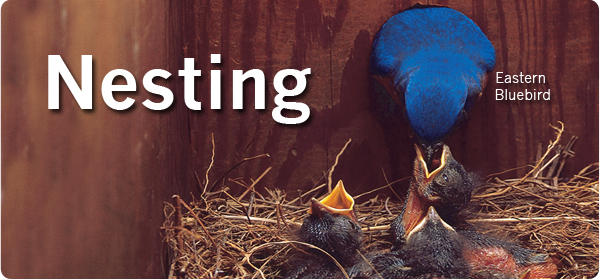
Birds need places to create nests and materials to build nests. Their nests are placed in many locations ranging from right on the ground to small bushes, trees and vines. They make nests out of materials such as dried grass, twigs, sticks, mud, animal hair, moss, lichens, spider silk, plant fibers, feathers, and much more.
Bird houses provide nesting sites for birds that require a cavity in which to nest. Primary cavity nesting species (such as woodpeckers) excavate their own sites. Secondary cavity nesters rely on pre-existing cavities. Secondary nesters lack the ability to create their own nesting sites and will readily accept secondary housing. Primary cavity nesting species will also accept secondary housing but can be a little harder to entice.
-
Nesting boxes should be set up mid to late March, early April, or in the Fall
-
Make sure to clean out nesting boxes in Fall or early Spring.
Download our Manitoba Nesting Box Chart HERE
If you find a baby bird...
Here's a great image by Rosemary Mosco
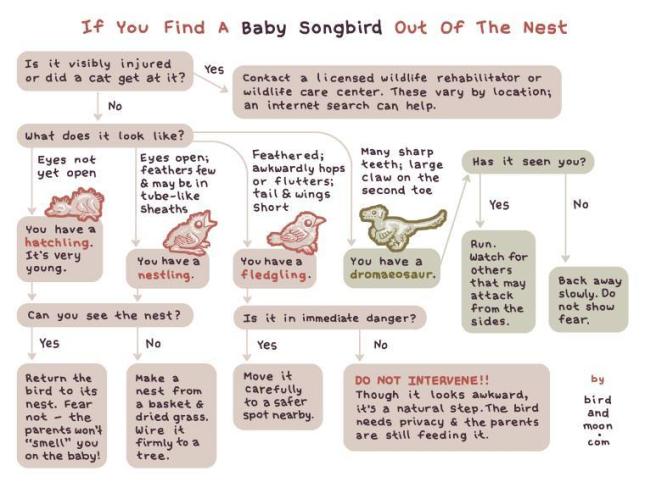
In Manitoba we are lucky to have two wildlife rehabilitation centres.
Prairie Wildlife Rehabilitation Centre
Wildlife Haven Rehabilitation Centre
Functional Houses
It is important that functional houses meet the criteria of the proper housing situation for birds. It is important that houses have the following characteristics:
- Ventilation: It is important for functional houses to have good ventilation. Panels of wood that are ¾ inches thick help provide insulation from the heat; recycled plastic should be at least ½” thick. Holes near the top of the house allow for the heat to escape.
- Easy Clean Out: A side panel that opens allows for easy clean out of the nest at the end of the season which helps to keep the pest population down. (The Wild Birds Unlimited houses allow for viewing or photographing of the birds without disturbing them by offering a top opening panel.)
- Adequate Drainage: Holes at the bottom corners allow for drainage. Drainage holes in the middle of the bottom will not adequately allow for drainage.
- Perches: Perches are not necessary and actually allow sparrows and other birds a place to sit and access the hole.
- Fledgling Ladder: It is a good idea (especially for bluebird houses) to provide either slashes or a ladder to help the fledglings leave the house.
Functional houses should fit the requirements for the kind of bird that is desired and should be mounted in a manner that is safe for that kind of bird.
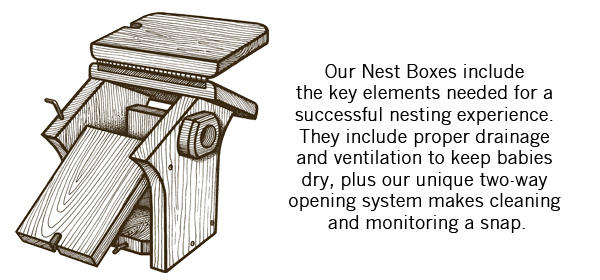
Please give us a call or check MyWBU to inquire about current stock and prices. Thanks! (204)667-2161

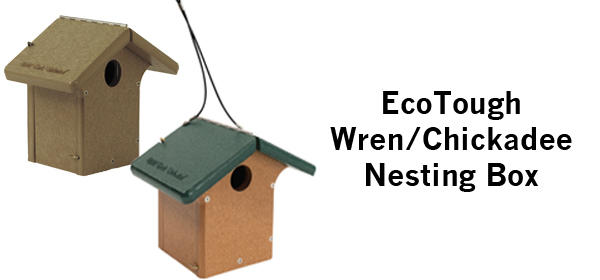
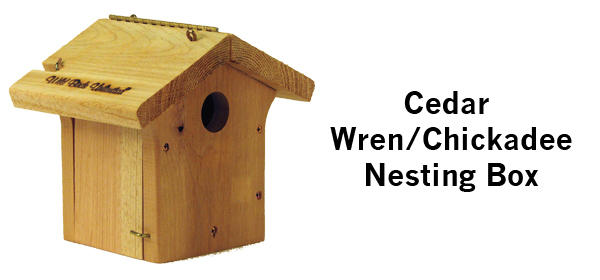
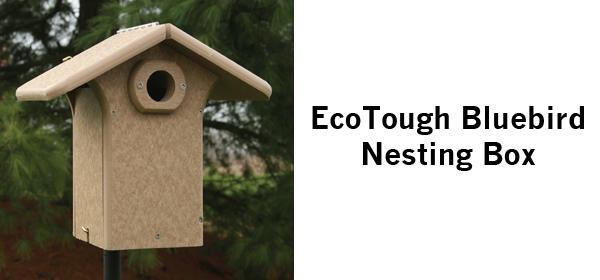
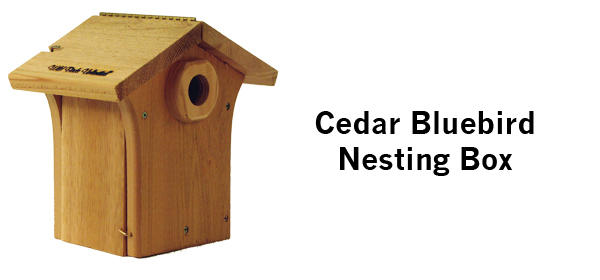
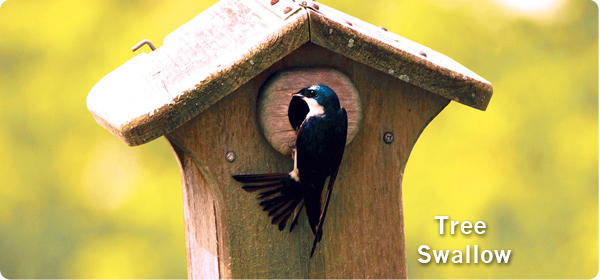
Tree Swallows will also use a Bluebird Nesting Box.
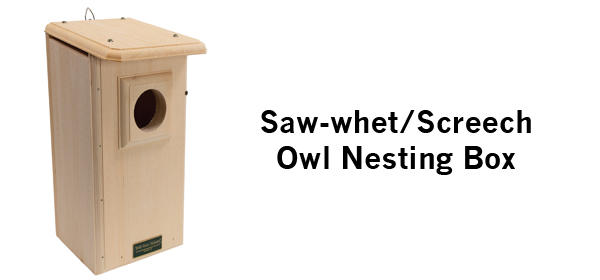
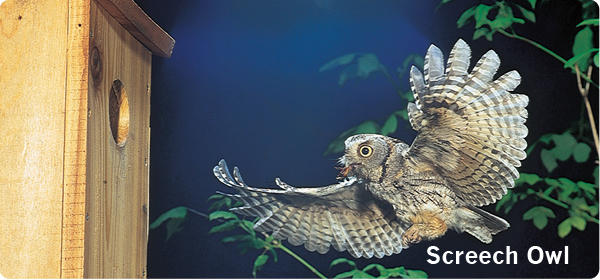
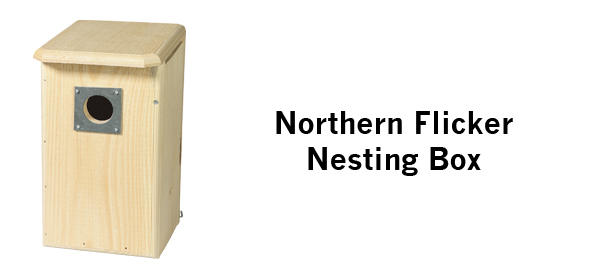
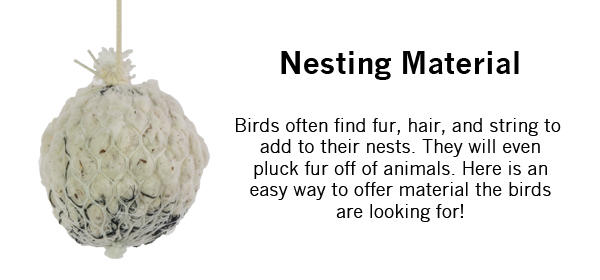
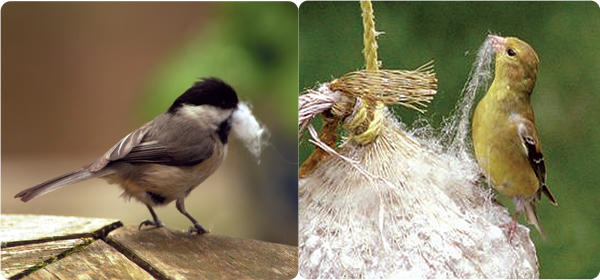
Become a NestWatcher or check out the great resources for DIY Nesting Boxes!
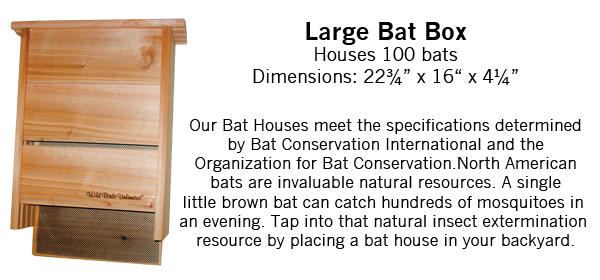
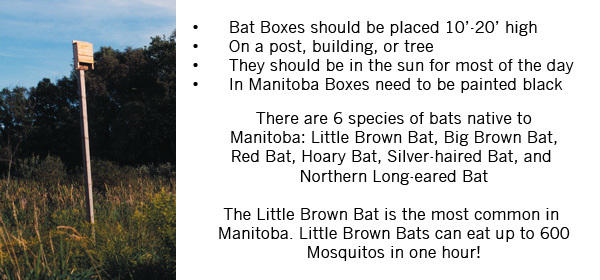


Learn more about Bats HERE

*Prices do not include taxes.


